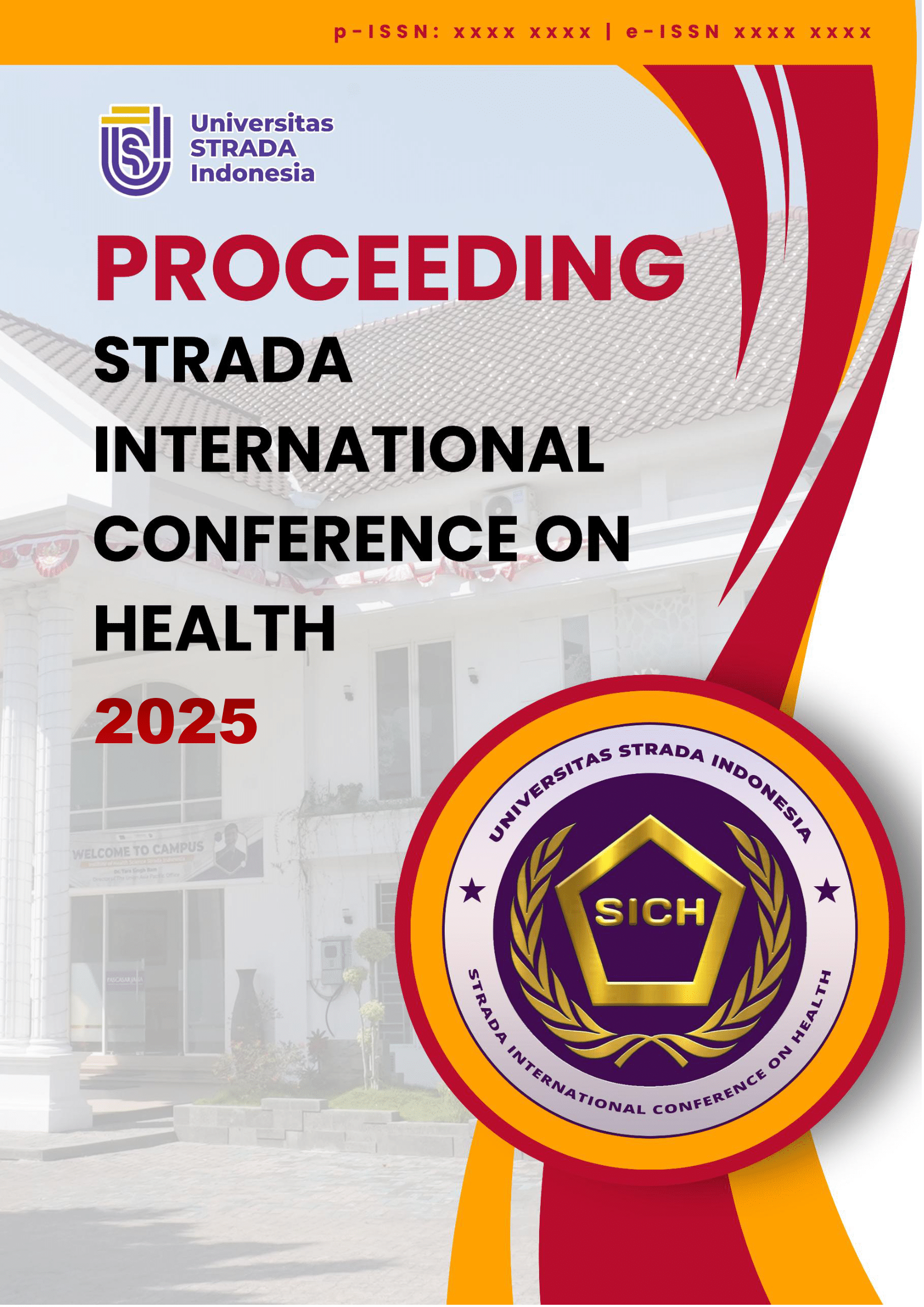The Relationship between Physical Activity and Hypertension among Obese Adolescents in Malang City
Keywords:
adolescents, hypertension, malang city, obesity, physical activityAbstract
Adolescent obesity has become an increasingly prevalent public health issue, particularly in urban areas such as Malang City. One of the serious complications of obesity is hypertension. Low levels of physical activity are a major risk factor contributing to increased blood pressure in obese adolescents. This study aims to determine the relationship between physical activity levels and the incidence of hypertension among obese adolescents in Malang City. This research employed a quantitative design with a cross-sectional approach. A total of 60 obese adolescents aged 10–19 years were selected from Pandanwangi and Sawoajajar sub-districts in Malang City using purposive sampling. Physical activity data were collected using the PAQ-A (Physical Activity Questionnaire for Adolescents), while blood pressure was measured using a digital sphygmomanometer. Data analysis was conducted using the chi-square test to assess the relationship between the two variables. The results showed that, based on BMI, 44 respondents (73.3%) were classified as Obesity Grade 1. The majority of respondents, 32 (53.3%), had low physical activity levels (categorized as inactive), and 33 respondents (55%) had pre-hypertension. The analysis revealed a significant relationship between physical activity level and the incidence of hypertension among obese adolescents, with a significance value of 0.000 (p < 0.05). Adolescents with low levels of physical activity had a higher risk of developing hypertension compared to those with moderate to high activity levels. Low physical activity levels are closely associated with an increased incidence of hypertension in obese adolescents. Therefore, physical activity-based interventions need to be enhanced among adolescents to prevent long-term complications of obesity, including hypertension.



















